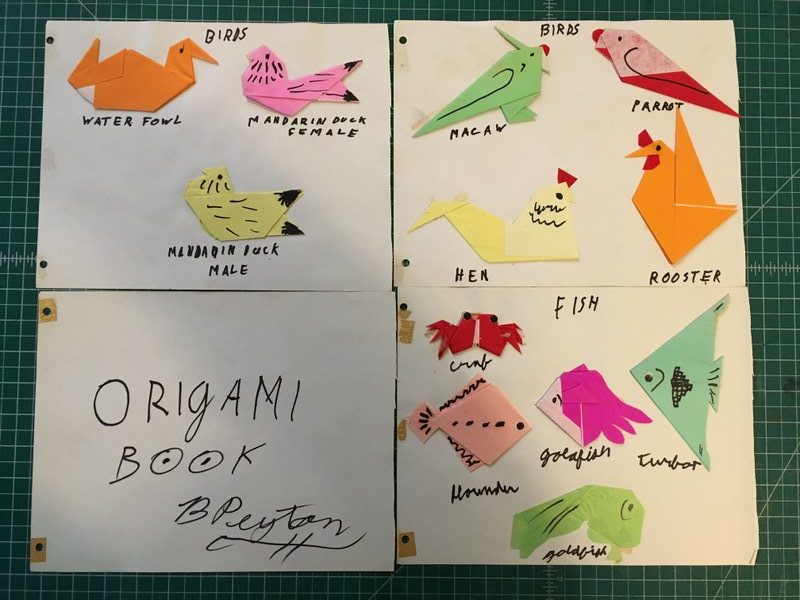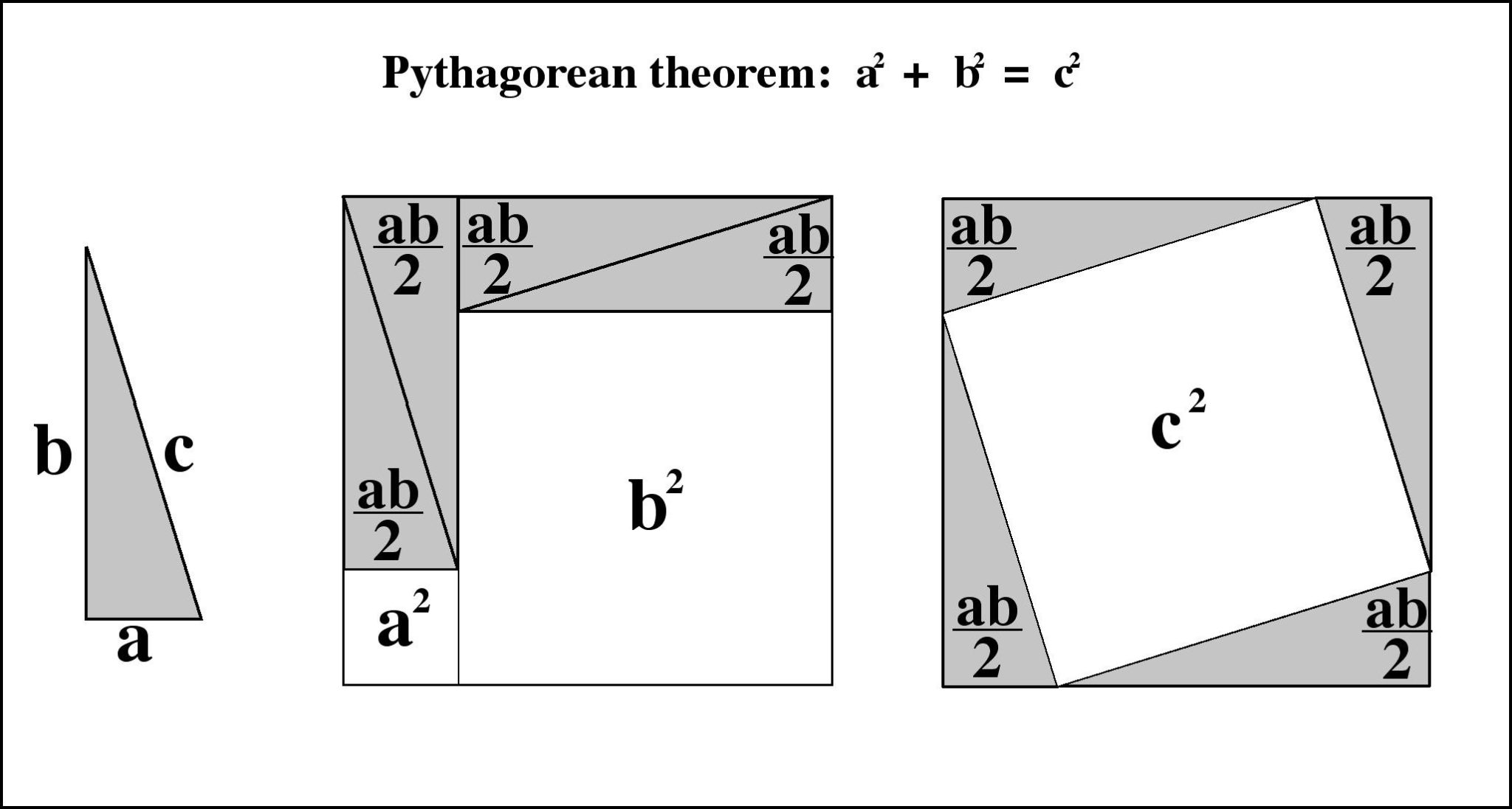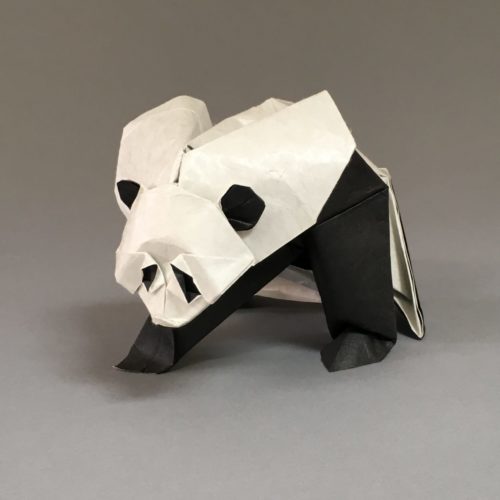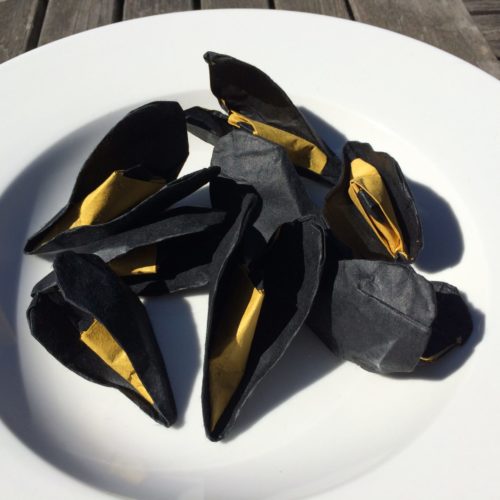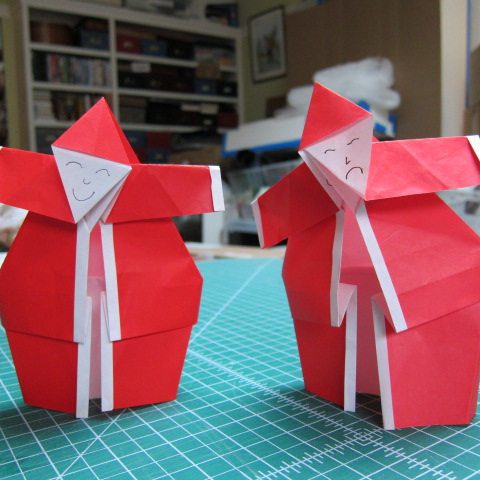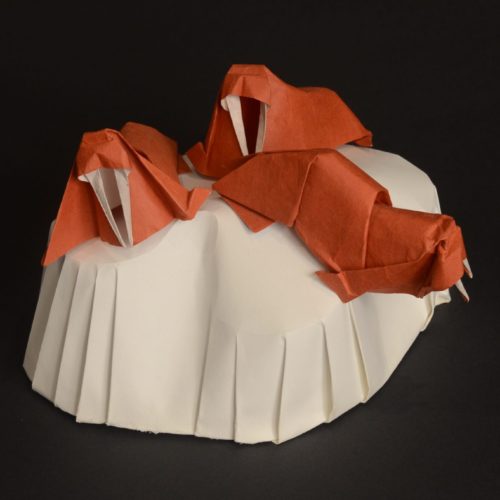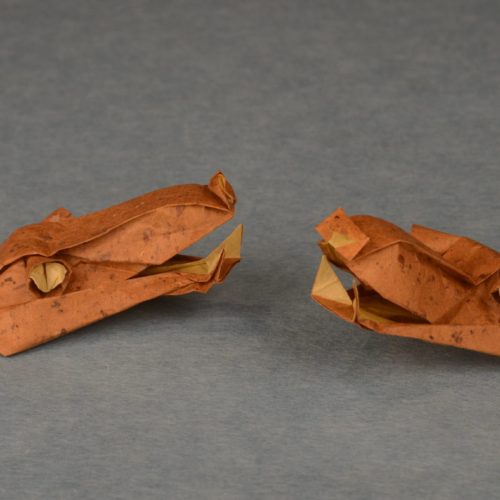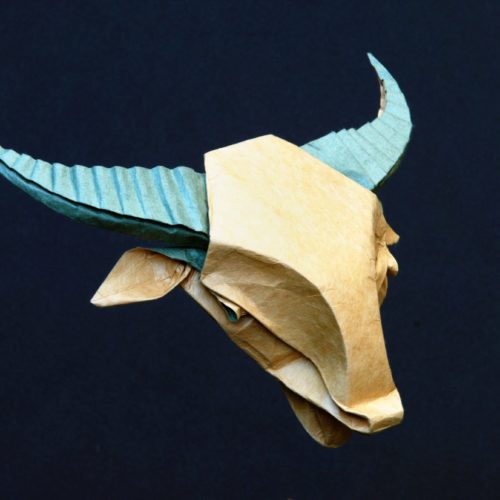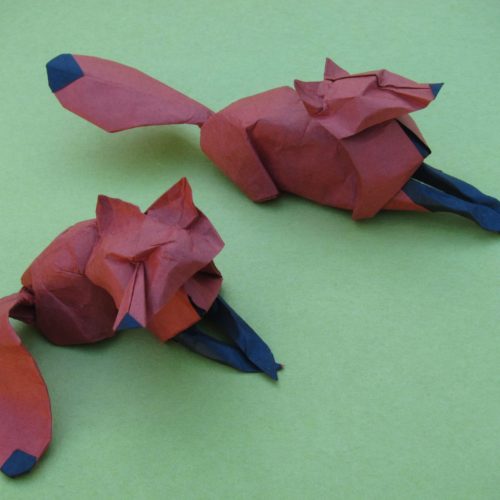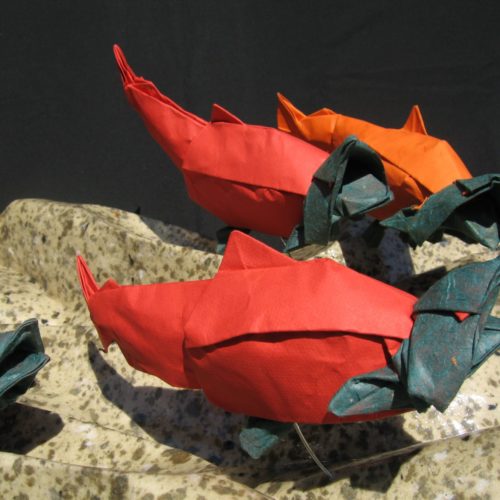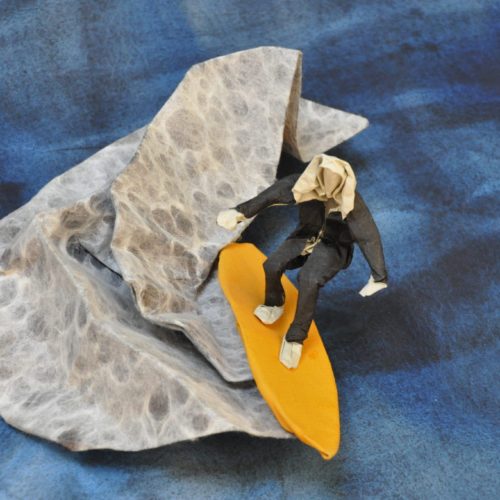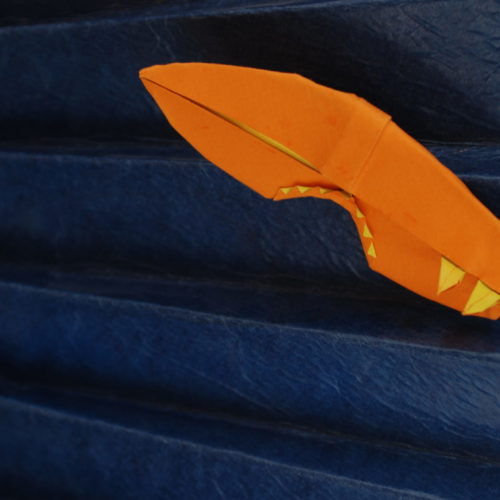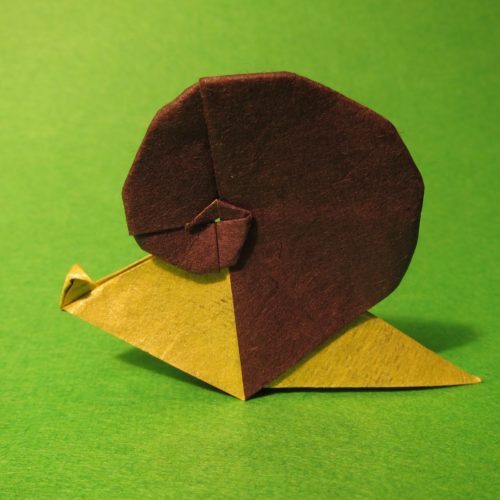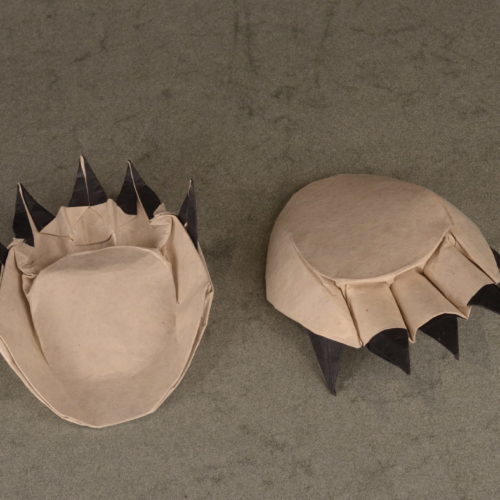I enjoy teaching origami more than designing my own creations. I have done this for over 20 years around the world, and never tire of it. Why? The effect for people is magical; as magical as a square of paper becomes something only by folding it. I share with you some of my favorite magical moments with the teaching of origami, starting with my dyslexia.
Self Discovery
Origami books taught me how to learn anything and become nearly anything. Dyslexics often have difficulty understanding even the smallest details of a subject, and thus can fail to comprehend the underlying concepts. Back in the 1950’s there were no learning specialists or special dispensation in schools to help learning disabled students. I was no exception. I struggled to get minimally passing grades in school.
Then one day in 1959, while walking home from school in New York City, I passed a basement shop with paper carp kites in the window. The shop had all things Japanese, including some of the first origami books published in English. My step father Robert Olney gave me one of these books. and I bought others with my allowance and saved bus money. Origami instruction breaks the complex task of creating a bird into small incremental steps. The steps were also kinetic and visual, cues I could more readily respond to than verbal ones in school. Being able to share my modest folded achievements from these books (picture on left) with my classmates and family gave me the confidence that my school experience removed from me.
Over time I learned how to reorganize my classroom material into smaller units I could comprehend, just like the diagrams did in these early origami books. Did it cure my dyslexia? Of course not! I still cried the ink off exams in subjects like genetics. I flew solo around an airport pattern in New York the wrong way while learning how to fly. My family is always telling me “It’s the other left”. However, if it were not for origami, I doubt I would have advanced very far in the classroom. Now ,there are hundreds of thousands of resources on websites that can enable anyone in the world to learn origami. Even traditional subjects can be taught with origami. While curating exhibits in Taiwan [blog], Dr. Hon-Tsen Yu, a colleague from graduate school, arranged for me to give origami workshops to teach mathematics to teachers in all grades from kindergarten to college. Origami can make any level of mathematics more understandable because abstract concepts are illustrated by something a person can see and touch. Here is an example.
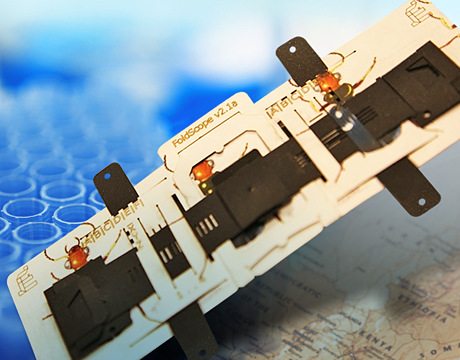
Many of the exhibitors in the shows in Taiwan were scientists and engineers whose achievements were directly due to their knowledge of origami. Dr. Larry Howell and his students developed tiny grabbers that unfolded from tubes used in laparoscopic surgery to suture patients, and expandable folded solar arrays with help from laser physicist Robert Lang. Dr. Manu Prakash and James Cybulski produced a foldable microscope, that cost less than a dollar USD, to enable doctors to detect disease in blood samples. These are typical examples that are featured in the OSME Conferences (Origami in Science Mathematics, and Education) that is now in its seventh rotation [link].
Therapy
Since 2008 I have taught origami almost every Thursday of the school year to patients and their families at the UCSF Benioff Children’s Hospital in Oakland, California. Several instances stand out among the many thousands of children who have experienced the therapeutic value of doing origami. A few years back I encountered a nine year-old boy crying in his hospital room after learning the bad results of a recent blood test for his cancer. His mother was doing her best to preserve her own composure and console him. I peeked in the room and saw a cartoon carp on his laptop. It took me 5-10 minutes to design a similar looking hat to cover his bald head, which he folded himself. He and his mother paraded his achievement around the entire floor of the hospital. Smiles took the place of tears, including the nursing staff. I have seen pain and vomiting stop in patients as they fold. Patients with severe motor issues learn they can make origami creations they are proud of. Patients and their families take a vacation from stress as they experience the fun of folding. An older patient, who was depressed to the point of being uncommunicative after being shot in the head, opened up when he learned he could fold a flapping bird [blog here]. Origami process is a metaphor for getting healthy, one step at a time.
Like other forms of art therapy, origami instills a positive attitude for healing to occur. However, origami is a great deal easier to administrate in the hospital. Computers, art, and music materials need to be disinfected with alcohol if they travel to and from rooms of patients whose compromised immune system requires they be isolated. That and the increasing prevalence of antibiotic resistant bacteria impose a burden on hospital staff to administer school and art programs. Roughly a third of the patients I teach require me to put on a gown, mask, and or gloves when I enter their rooms. Origami paper is cheap. It can be recycled. It doesn’t need to be disinfected or saved. Hospital staff love that aspect.
Community
A mantra of Origami-USA, the origami group with the most members in the United States , is” Origami is for everyone, of any age, and any culture”. This implies that origami creates community and bonds between people across any barrier. I have been blessed to experience this in all parts of the world, but none more so than in the remote areas where I did my research on spectacled bears in the Andes. I went to the farthest reaches of where people lived to find bears in Peru, Bolivia, and Ecuador, often meeting people who rarely if ever had seen a white person. Their immediate reaction was one of fear, distrust, and sometimes hostility. I managed to buy time to explain what I wished to do by folding with them and their children. I wouldn’t say I earned their trust, but origami provided enough of their tolerance to allow me to get out in their deserts and cloud forests.
Future
Human population explosion and scarcity of resources, especially under the influence of climate change will increase the stress and divisions human populations experience, not to mention its agents of disease and wars. I am encouraged that origami has a bright place in that future, as a reliever of stress, a means to means to create understanding between cultures, and as a catalyst for solutions such as foldable cheap housing. When I teach a simple origami figure I am also teaching a creative way to think and solve problems. Designing something out of a single uncut square has taught me how to think outside the box and greatly contributed to my ability to ask better research questions as a scientist [blog]. Just maybe someone I have introduced to origami will take that knowledge to make a positive difference.

